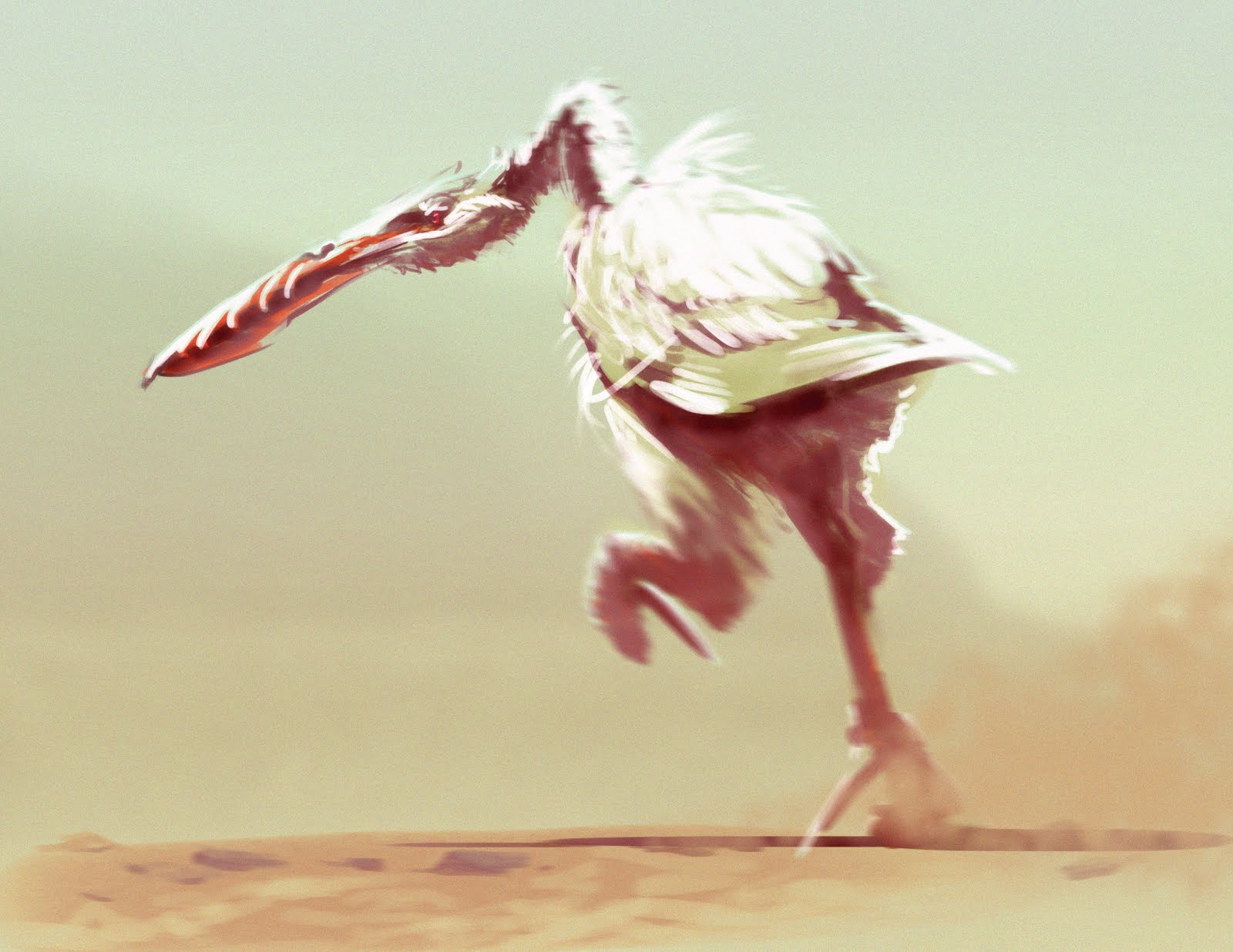


Before the debate is finally closed, however, the researchers want to cross check their data using other fossil assemblages to be completely sure. Their results show that the calcium isotope compositions of terror bird bones are similar to those of herbivorous mammals and dinosaurs and not carnivorous ones. They tested the method first with herbivorous and carnivorous dinosaurs – including top predator T-Rex – as well as mammals living today, before applying it to terror bird bones held in the Geiseltal collection at Martin-Luther University in Halle. This depends on the calcium isotopic composition becoming “lighter” as it passes through the food chain. By analysing the calcium isotope composition in fossilised bones, they have been able to identify what proportion of a creature’s diet was plant or animal and, on that basis, their position in the food chain of the local ecosystem. But, without conclusive findings either way, the dietary inclinations of Gastornis remain a mystery.ĭr Tütken and his colleagues Dr Meinolf Hellmund, Dr Stephen Galer and Petra Held have taken a new geochemical approach to determine the diet of Gastornis. Also, the bird’s sheer size and inability to move fast has made some believe it couldn’t have predated on early mammals – though others claim it might have ambushed them. Palaeontologists in the United States found footprints believed to belong to the American cousin of Gastornis, and these do not show the imprints of sharp claws, used to grapple prey, that might be expected of a raptor. Recent research has cast some doubt on its diet, however. “It lived after the dinosaurs became extinct and at a time when mammals were at an early stage of evolution and relatively small thus, the terror bird was though to have been a top predator at that time on land.” “The terror bird was thought to have used its huge beak to grab and break the neck of its prey, which is supported by biomechanical modelling of its bite force,” says Dr Thomas Tütken, from the University of Bonn. Based upon its size and ominous appearance, scientists have long assumed that it was a ruthless carnivore. They are widely utilized both well trained and not by the wealthy as effective guarding mechanisms.The terror bird – also known as Gastornis – was a flightless bird up to two metres in height with an enormous, ferocious beak. Raising and training an Acere (referred to colloquially as ‘Aces’), however, is a challenge that only those expert in Animal Handling can successfully accomplish, turning the will of an Aces keen predatory intelligence to work for the rider. They are prized as the perfect Monster Hunting companion, for if well trained can seriously aid in taking down powerful creatures, and more then enjoy hunting themselves. The Acere is a variety of Terror Birds that along with deadly talons and beak, spits acid onto its prey. They’re just as liable to melt your goods as they are protect em’.” -Traveling Cobbler “If you think your Rak is fussy, don’t even bother with an Ace.


 0 kommentar(er)
0 kommentar(er)
